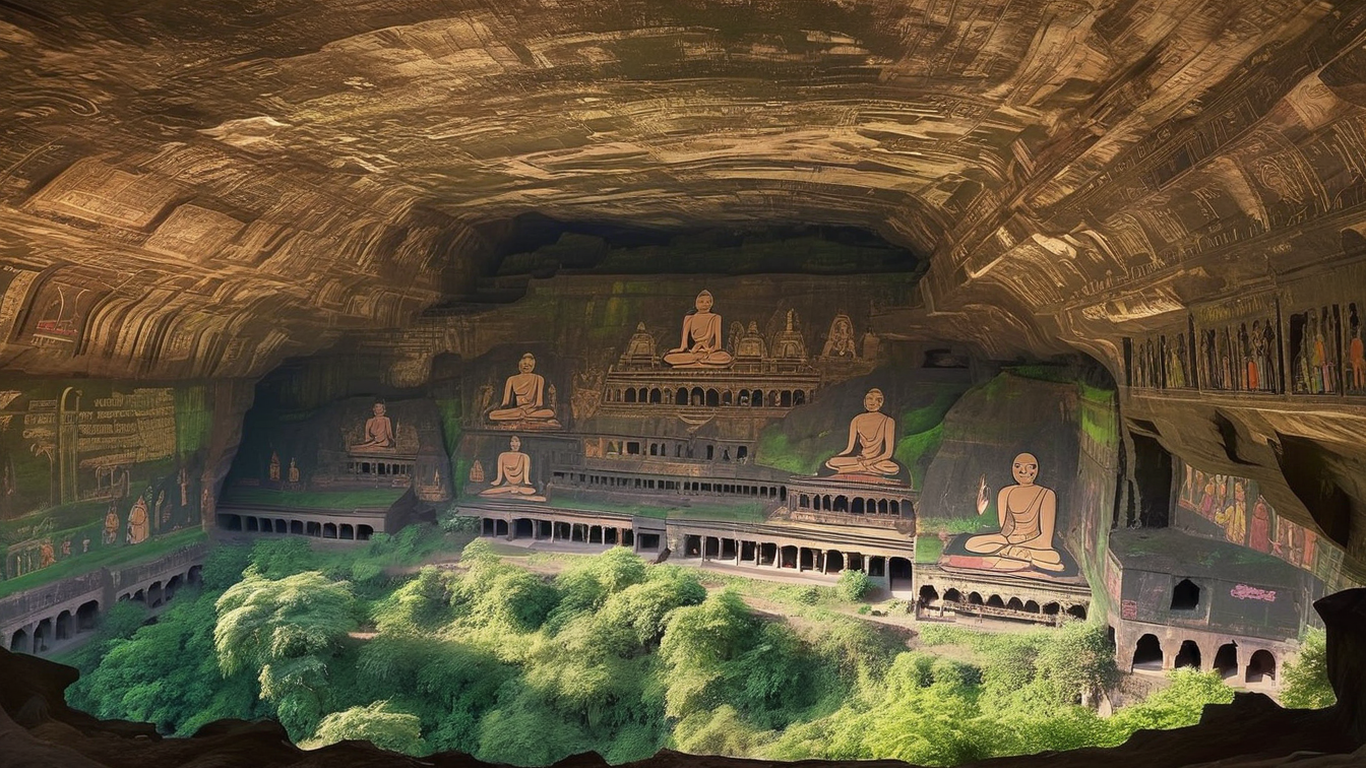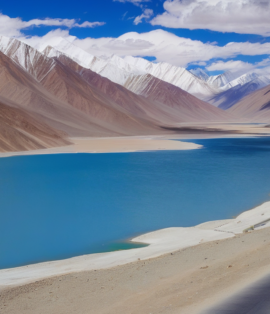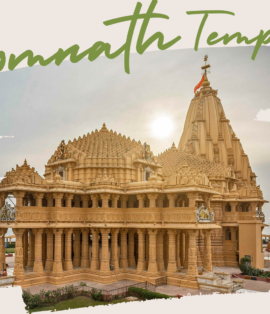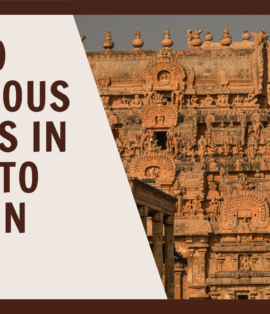Ajanta Caves: A Journey into India’s Ancient Buddhist Heritage
Located in the Aurangabad district of Maharashtra, the Ajanta Caves stand as a timeless testament to India’s rich artistic and spiritual heritage. This UNESCO World Heritage Site comprises a series of rock-cut Buddhist caves dating back to the 2nd century BCE. Renowned for their exquisite murals, sculptures, and architectural brilliance, the Ajanta Caves offer a mesmerizing glimpse into ancient Indian craftsmanship and Buddhist culture.
Historical Significance
The Ajanta Caves were excavated in two phases: the first phase around the 2nd century BCE and the second phase between the 5th and 6th centuries CE during the reign of the Vakataka dynasty. These caves served as a monastic retreat for Buddhist monks and a center for meditation, prayer, and learning.
The site was rediscovered in 1819 by a British officer, John Smith, during a hunting expedition, and since then, it has been celebrated as one of the finest examples of ancient Indian art.
Architectural and Artistic Marvels
The Ajanta Caves consist of 30 rock-cut caves, each adorned with intricate carvings and paintings that depict the life and teachings of Buddha. These caves are categorized into Chaitya Grihas (prayer halls) and Viharas (monastic dwellings).
1. Exquisite Murals and Paintings
The frescoes and wall paintings narrate stories from the Jataka Tales, illustrating the previous lives of Lord Buddha.
The paintings, created using natural pigments, have remarkably retained their vibrancy over centuries.
2. Remarkable Sculptures
Intricately carved Buddha statues in various meditative postures can be found in several caves.
The most striking sculpture is the Seated Buddha in Cave 26, which depicts the Buddha in a serene, meditative pose.
3. Notable Caves to Visit
- Cave 1: Features stunning paintings of Bodhisattvas, including the famous Padmapani and Vajrapani.
- Cave 2: Known for its richly decorated ceilings and detailed murals.
- Cave 16: Called the “monastery of monasteries,” with detailed storytelling in its paintings.
- Cave 26: A Chaitya hall featuring a grand reclining Buddha.
Best Time to Visit
The ideal time to visit the Ajanta Caves is between November and March, when the weather is pleasant, making it easier to explore the caves comfortably.
How to Reach Ajanta Caves
- By Air: The nearest airport is Aurangabad Airport, about 100 km from Ajanta Caves.
- By Rail: The closest railway station is Jalgaon, approximately 60 km away.
- By Road: Well-connected by buses and private taxis from Aurangabad and nearby cities.
Travel Tips for Visitors
- Wear comfortable shoes as exploring the caves requires walking and climbing steps.
- Carry a flashlight to appreciate the intricate artwork in dimly lit caves.
- Avoid flash photography, as it can damage the ancient paintings.
- Hire a local guide to gain deeper insights into the history and artistry of the caves.
- Visit early in the morning to avoid crowds and enjoy the serene ambiance.
Why Visit Ajanta Caves with Gurnaaz Tour & Travels?
At Gurnaaz Tour & Travels, we curate the perfect travel experience to Ajanta Caves, ensuring:
- Hassle-free transportation from major cities.
- Expert-guided tours to enrich your experience.
- Personalized itineraries to explore nearby attractions like Ellora Caves and Aurangabad.
Experience the breathtaking beauty and spiritual aura of Ajanta Caves with us. Book your Ajanta Caves tour today!
📩 Contact us now to plan your trip!





